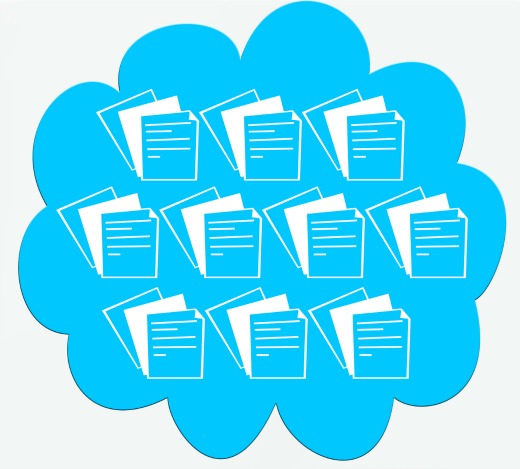Today’s digital workplace demands excellence in communication and collaboration from individuals and organizations. It’s important to align specific communication strategies with the appropriate technology to reach specific business goals.
Here are five types of communication that are essential in the digital workplace, plus ideas for how to improve them with the latest Office 365 features.
- Team collaboration: Let’s focus on collaboration in terms of how a team works together to produce common work products and meet deadlines. Many different technologies come together to support this kind of work. Tools like shared calendars and discussion newsfeeds connect to SharePoint Online, creating team sites with a common document storage location and functions for sharing document timelines and quick conversations. Some of these tools aren’t exactly new, but Office 365 streamlines their interrelations, improving effectiveness and ease of use.
- Project management: In the digital workplace, project management is essential for bringing together the information and resources to drive successful work products. At many companies, people meet in a “war room” to hash out project details and brainstorming on whiteboards and sticky notes. By creating a virtual version of this centralized hub, you are able to meet up with teammates and access project details regardless of geographical differences.The most helpful tools in this regard include SharePoint Online as a central repository, email and reminders for project updates and Lync for instant messaging and presence awareness. Task management is also critical for collaboration and for project management; some organizations leverage SharePoint as a landscape for assigning and tracking tasks, aligning them with other project management components that keep budget, schedule and work product all in sync.
- One-on-one communication: Nothing quite replaces face-to-face interaction, but today’s technology allows for this kind of connectivity in the digital workplace when people are separated geographically. Email isn’t going away anytime soon, but social business tools and instant messaging offer opportunities to enhance one-on-one communication. Lync works nicely for last-minute questions and quick follow-ups, for example, and newsfeed tools like Yammer may be useful in targeting one person directly while also sharing information, thoughts and ideas with a larger group of people. With chat and instant messaging, it’s possible now to bring in video conferencing and screen sharing.
- Networking: By getting data out of silos and into SharePoint sites, you make your work content more contextual and easily shared with larger groups of people. The context that’s being embedded with all work products helps reduce the need for meetings, replacing them with seamless networking in the digital workplace. In large companies, the networking functionality in Office 365 helps you meet new people and find individuals with specific expertise faster than before. Technology also makes it easier to stay up to date with who has the right experience and skills, and then align those values and criteria with business needs.
- Company-wide updates: Company-wide email newsletters have their place, but many users have higher expectations: They want more frequent company-wide updates and greater interactivity. It’s important to assess your digital workplace culture to determine what news items motivate people and what frequency you need to maintain to foster and encourage that spirit. From that point, the technology has made it easy to share updates and interact around them, using newsfeeds and SharePoint.
In the end, Office 365 provides a range of tools that facilitate communication, drive engagement and build community in today’s digital workplace. By aligning these technologies with your communication and collaboration strategy, organizations and teams improve their ability to meet and exceed business goals.
Learn more about helping your organization leverage today’s digital workplace capabilities by contacting Portal Solutions.

